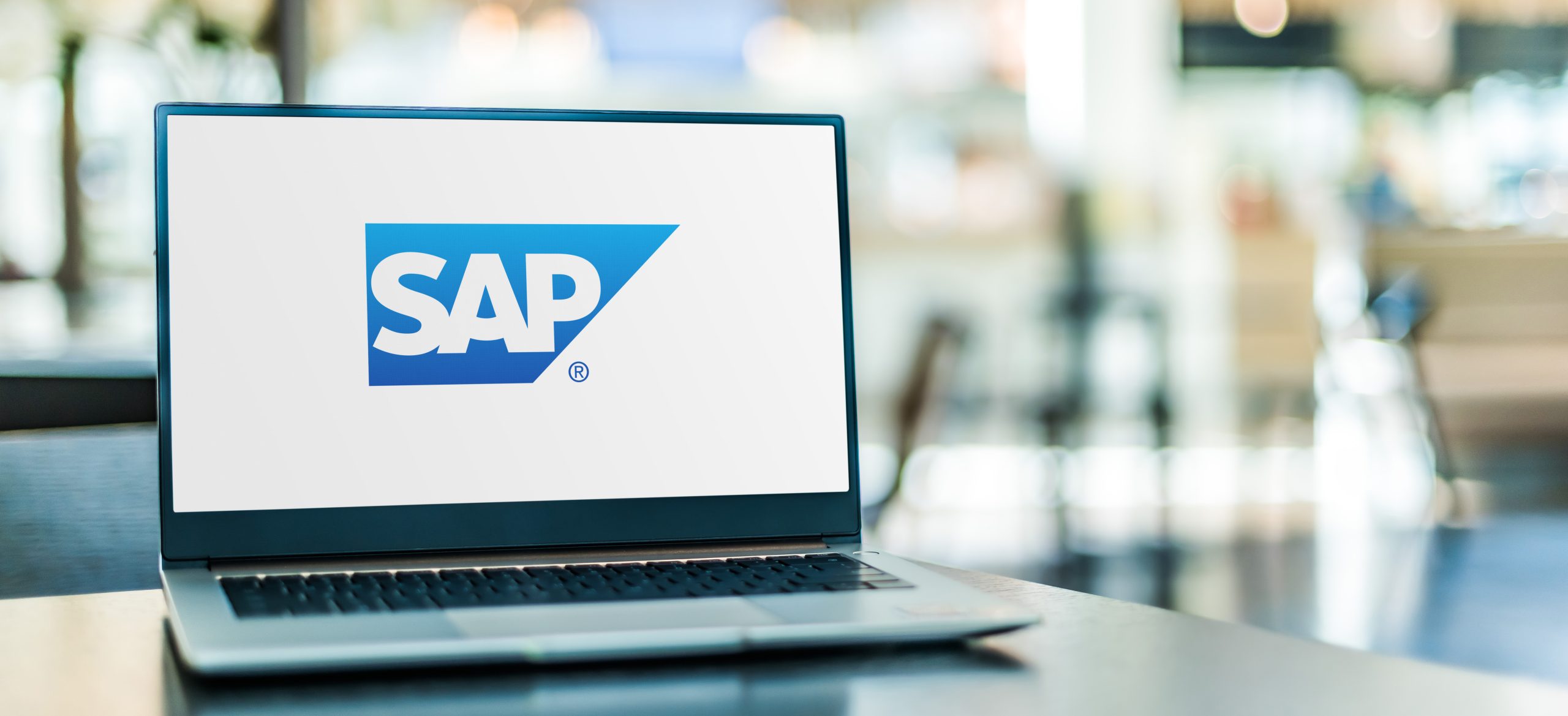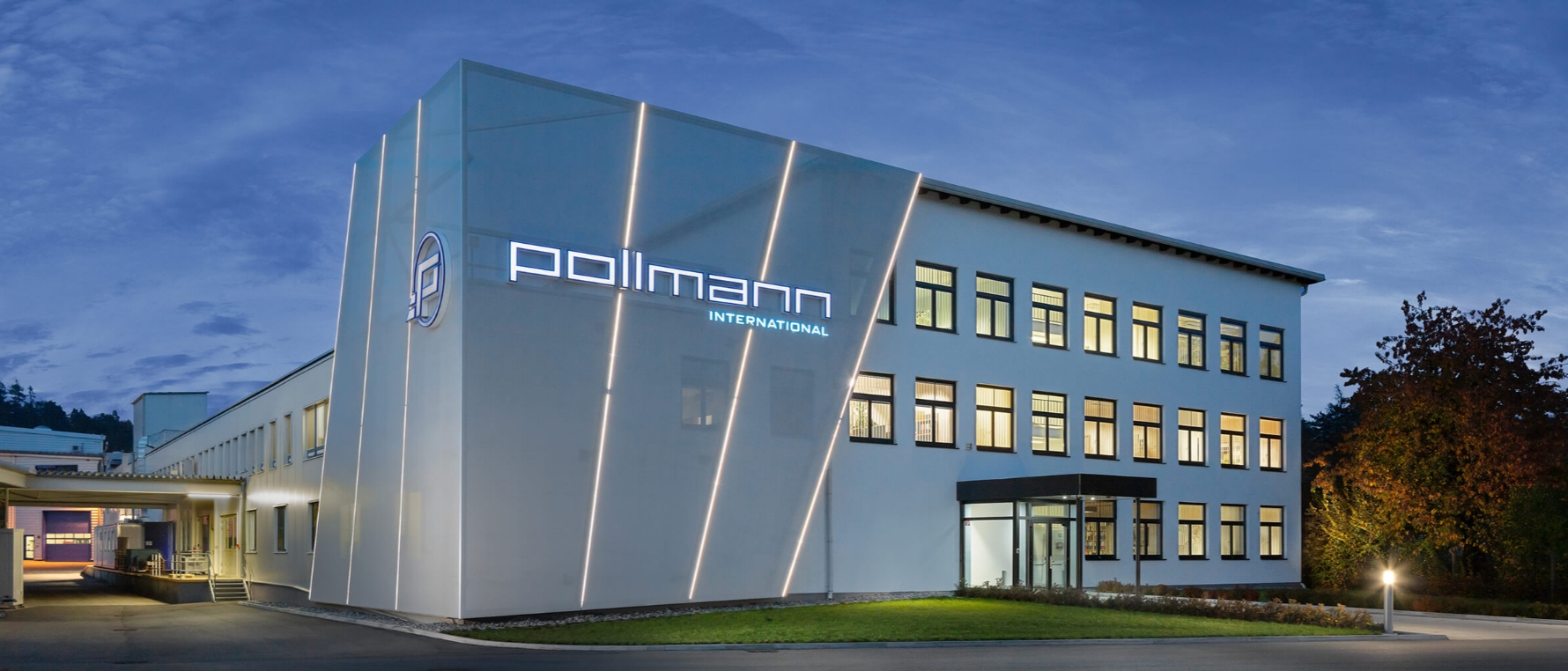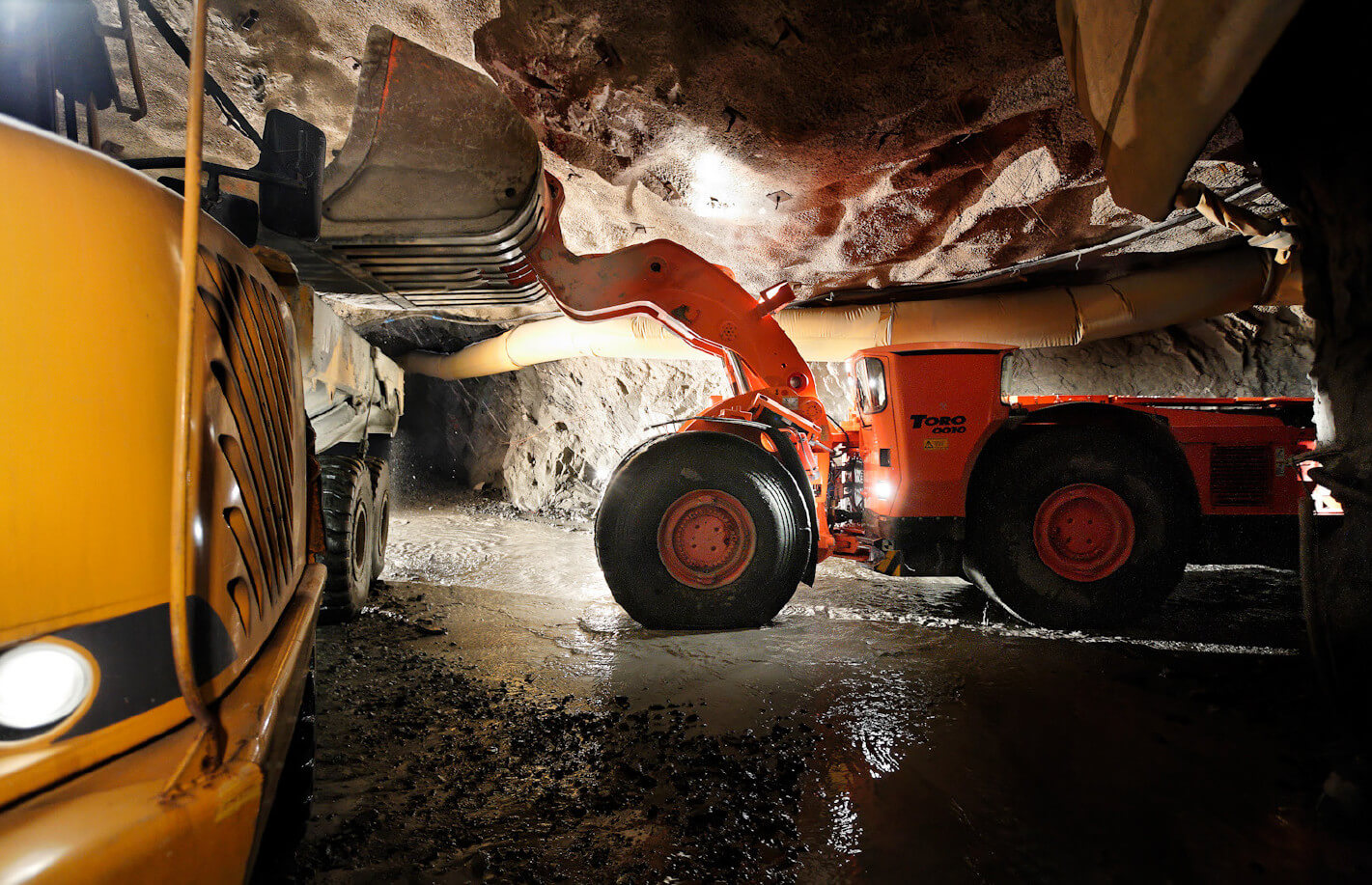
S/4HANA – An inevitable changeover or a great opportunity?
The digital future is just around the corner. With the new – now fourth – generation S/4HANA, SAP is setting high standards in the area of ERP solutions. Higher speed, better transparency, more automation and thus also more efficiency, simplified data models and mobile accessibility – these are the main advantages of S/4HANA for companies. A lot of advantages, one would think. But the whole matter has a bitter aftertaste: SAP has already announced that it will discontinue support for older ERP systems at the end of 2027. Therefore, all companies that use SAP will have to switch to S/4HANA in the next few years. However, we see the implementation of the new generation as a great opportunity for every company to question and modernize existing systems. In short: as an evolutionary step for your business.
WhyS/4HANA?
The functions of the new generation are based on industry-specific best practices and draw on proven standards. S/4HANA processes data in real time based on SAP’s own HANA database. A function that is more important than ever in times of large data volumes (keyword: Big Data). Key figures can be analyzed and evaluated in real time. For users, S/4HANA means an enormous improvement in user experience and flexibility. Data can be retrieved and graphically prepared within a few seconds, and thanks to mobile use, it can also be accessed from any location. The SAP Fiori Launchpad provides a personalized, clear user interface that enables intuitive work in SAP.
S/4HANA is available in various license models: With the classic on-premise solution, the administration of the software remains located in the company. In contrast, there are various cloud solutions that offer the advantage that companies do not have to worry about issues such as maintenance, backups or updates (SaaS = Software-as-a-Service). We will be happy to advise you on the licensing models at the beginning of the collaboration and support you in making your decision.




